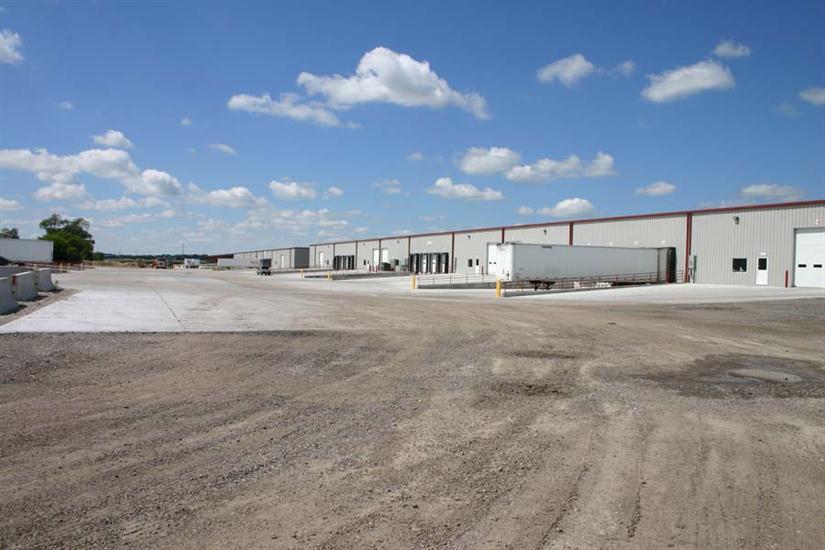The Of "Top 5 Warehouse Management Systems for Businesses in Omaha"

Managing Seasonal Demand Fluctuations: Methods for Omaha Warehouses
Seasonal need fluctuations can pose substantial difficulty for stockrooms in Omaha, Nebraska. Along with a expanding economic situation and a diverse variety of markets, stockroom supervisors should be prepared to handle changes in need efficiently. Failing to do therefore may result in lost sales, boosted price, and customer dissatisfaction. Nevertheless, with the best methods in location, storehouse supervisors can get through these seasonal peaks and lowlands effectively.
1. Analyzing Historical Data:
One of the 1st steps in dealing with periodic requirement fluctuations is assessing historical data. Through analyzing previous years' purchases patterns and pinpointing fads, storehouse supervisors may much better prepare for peak periods and organize appropriately. This review need to include aspects such as specific products or product groups that experience improved requirement during specific times of the year.
2. Teaming up with Suppliers:
Cultivating powerful relationships with distributors is essential when taking care of seasonal variations. By always keeping open product lines of communication throughout the year, storage facility managers can easily function together along with providers to guarantee enough sell levels in the course of peak times. This collaboration could include early ordering, haggling adaptable shipment timetables, or securing additional storage space when required.
3. Executing Just-in-Time (JIT) Inventory Management:

Just-in-Time (JIT) inventory management is an efficient approach for managing periodic need changes. By lining up inventory levels very closely along with client orders and creation schedules, storehouses may lessen excess sell during off-peak seasons while still meeting consumer needs in the course of peak periods. Applying JIT needs precise foresight and close control between storage facility operations and other divisions.
4. Cross-Training Warehouse Staff:
In the course of top periods, storehouses commonly deal with raised workload due to much higher order quantities. To keep functional effectiveness without overburdening employees or hiring brief employees, cross-training staff ends up being crucial. By training employees around different jobs within the warehouse, supervisors can make certain versatility in staffing plans without jeopardizing productivity.
5. Utilizing Technology Solutions:
Leveraging innovation solutions may substantially improve a stockroom's capability to take care of in season variations. Storage facility control devices (WMS) and stock management software may deliver real-time presence in to stock degrees, purchase processing, and customer demand. This data-driven strategy enables storehouses to produce informed selections pertaining to supply replenishment and resource allotment.
6. Optimizing Warehouse Layout:
An successfully arranged storehouse format is crucial for managing periodic fluctuations efficiently. Through tactically installing high-demand products deeper to shipping areas and maximizing storage area use, storehouses can easily minimize choosing and packing times during the course of peak times. Routinely assessing the storehouse format makes sure that it remains enhanced for the greatest performance throughout the year.
7. Teaming up along with Third-Party Logistics (3PL) Companies:
Partnering along with third-party coordinations companies can easily give extra flexibility in handling periodic requirement changes. 3PL carriers have the know-how and information to take care of peak season rises successfully while providing cost-effective solutions such as shared warehousing or transportation services. Teaming up along with 3PL carriers enables storage facilities to size their functions up or down as needed without notable funds financial investments.
8. Conducting Continuous Improvement Initiatives:
To remain ahead of time of transforming market aspects, storage facility supervisors have to embrace a culture of continuous improvement within their facilities. On a regular basis performing functionality testimonials, analyzing functional metrics, and seeking comments coming from customers and employees enable supervisors to identify areas for enhancement and apply critical improvements appropriately.
In This Author , taking care of seasonal requirement variations needs careful program, partnership, modern technology fostering, and continual improvement initiatives for Omaha warehouses. By analyzing historical data, working together along with vendors, carrying out JIT supply management practices, cross-training workers members, utilizing modern technology solutions, enhancing storage facility designs, partnering with 3PL carriers when necessary, and administering ongoing enhancement effort – stockrooms can properly browse these tough time frames while meeting client demands effectively.
